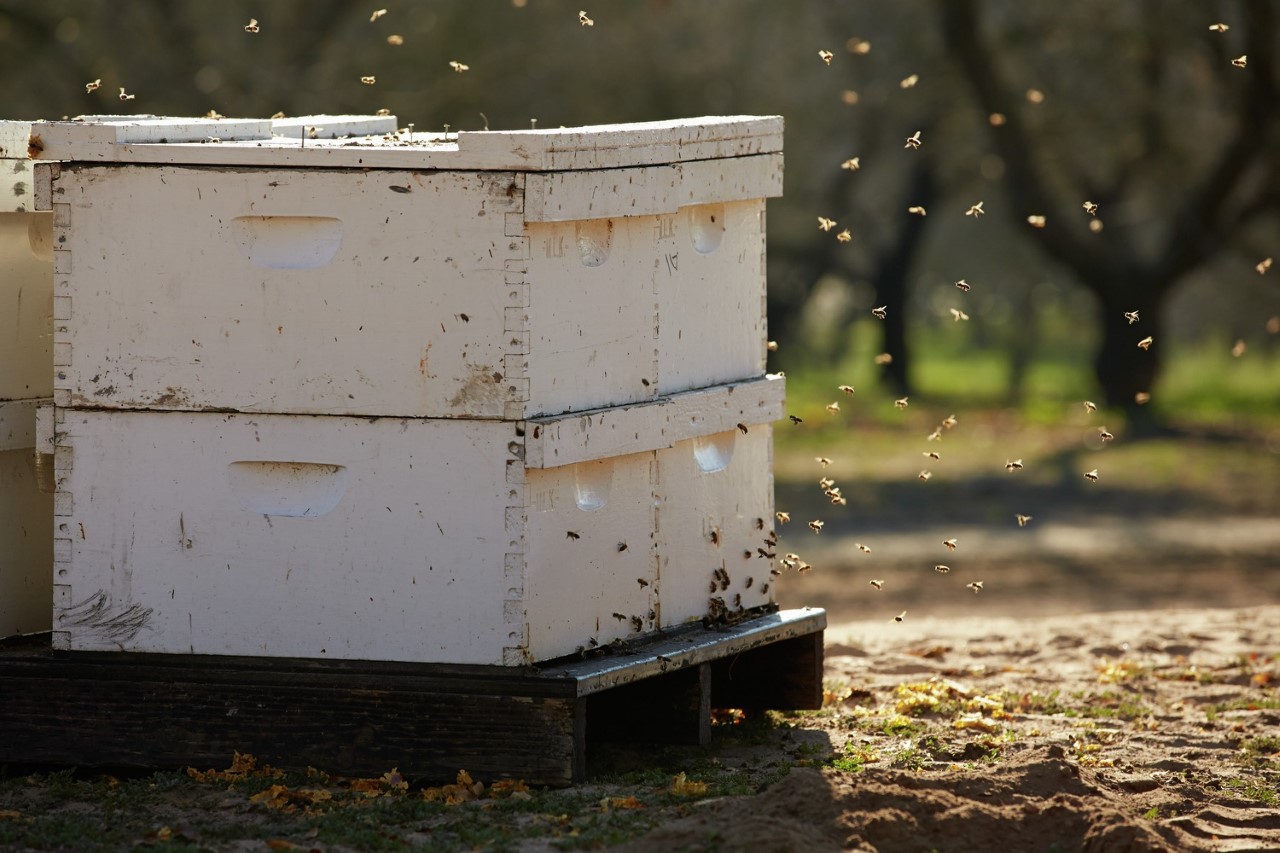
Yes, the holidays aren’t here yet, but that does not mean almond growers and orchard managers can’t get a jump on securing pollination services for the 2022 bloom.
Almond Board of California makes several important points about communications with bee keepers to discuss requirements and expectations for pollination services.
In addition to pesticide applications when bees are present, both parties should reach an agreement on responsibilities prior to bloom. There is a sample template on the Project Apis. M website that growers can use. It includes the number of frames of honeybees and an average or minimum frame count. The date for hive placement and locations of hives is another important part of the agreement along with time of day and ambient temperature at hive inspection. Payment terms, including deposits, progress payments and final payment, should also be part of the contract agreement. Finally, beekeeper access to colonies during bloom and a range of time for hive removal from the orchard should be part of the agreement.
Placement particulars are important for successful pollination. Beekeepers need access for servicing hives and removal. Eastern and southern exposures for hive openings encourage honeybee flight. Flowering forage available pre-bloom is another advantage for bees. Areas prone to flooding or shading should be avoided in placing hives. The agreement should also include who is responsible for providing clean, accessible water for foraging honeybees while hives are in the orchard. Water sources should also be covered or removed before a pest control treatment, or clean water should be supplied after a treatment is made.
Colony strength evaluations when hives are delivered will ensure the grower receives the number of frames specified in the agreement and that beekeepers are compensated for delivering strong colonies.
Colony strength can also be observed by walking orchards during bee flight hours. Records can be made of weak-appearing hives.
Finally, protecting pollinators from insecticides or fungicides during their time in the orchard is important. Applications of insect growth regulators should not be applied during bloom. The exception would be Bt, which is documented safe for adult and immature bees.
Almond Board notes that some bee losses during pollination have been associated with tank mixing insecticides and bloom-time fungicides.
Recent information indicates some pesticides, insecticides included, may be harmful to developing eggs, larvae or pupae in the hive, but the effects may not appear until after bloom and the hives are removed.
Currently, the EPA and the California Department of Pesticide Regulation are looking to include warnings on product labels to outline which specific tank-mixing combinations should not be made.
Complete information on agreements can be found at almonds.com/sites/default/files/2020-12/BeeBPMs_12212020.pdf.












